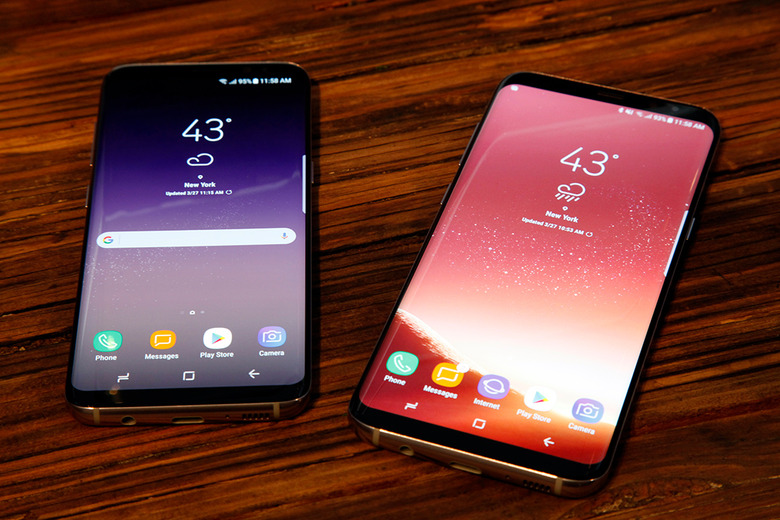Samsung's Galaxy S8 Probably Won't Explode And Burn Your House Down
2016 is certainly a year Samsung would rather soon forget. Famously, the Korean-based tech giant was forced to discontinue and recall every single Galaxy Note 7 unit amid a growing number of reports involving Note 7 devices spontaneously catching fire and, in some instances, exploding as well.
The entire ordeal was nothing short of a PR and financial disaster, prompting Samsung to enact additional safety precautions and more rigorous battery testing for upcoming phone models. A
Earlier this week, Samsung introduced the Galaxy S8 and the S8 Plus, two stunning devices that have already garnered enthusiastic and favorable reviews from various tech outlets. Samsung's S8 models are certainly packed with a number of compelling features like an Infinity Display and an Iris scanner; and best of all, Samsung did everything in its power to ensure, beyond a shadow of a doubt, that the devices won't randomly explode in your hands or destroy your hotel room.
Suffice it to say, Samsung's new battery testing procedures should alleviate any lingering concerns you might have about picking up one of the company's new smartphones. According to a report from CNET, the Note 7 ordeal prompted Samsung to take on a more active and involved role in the battery testing process as opposed to relying upon the testing frameworks used by its battery suppliers
"The company added a more stringent battery testing process, which it says exceeds industry standards," the report notes. "It also lowered the capacity of the battery going into the Galaxy S8 and tweaked its chemistry so it lasts longer."
What's particularly interesting is that development of the Galaxy S8 was ostensibly nearing completion back when the Note 7 fiasco was taking place. Naturally, Samsung went back to the drawing board and implemented a few design tweaks, including lowering the capacity of the batteries in the S8 and S8 Plus to 3,000 and 3,500 mAh, respectively. Indeed, a Samsung spokesperson even told Mashable that the true "capacity is actually slightly less because of the battery redesign."
